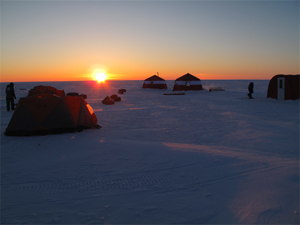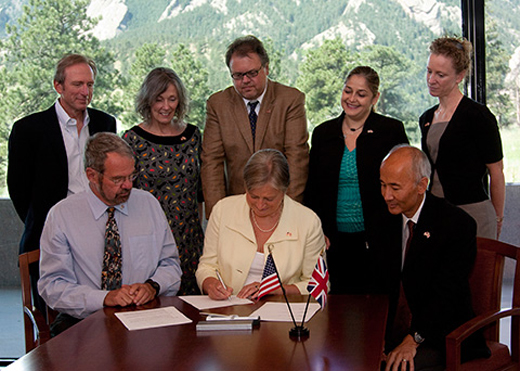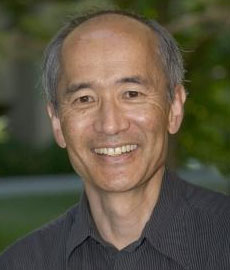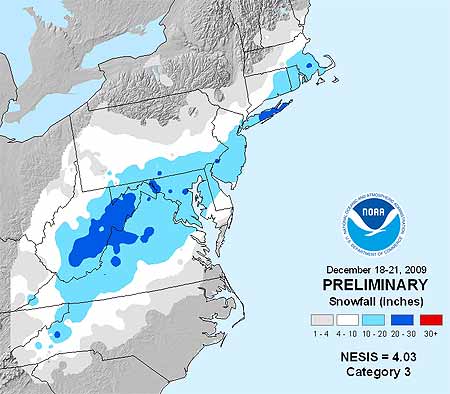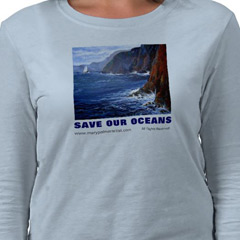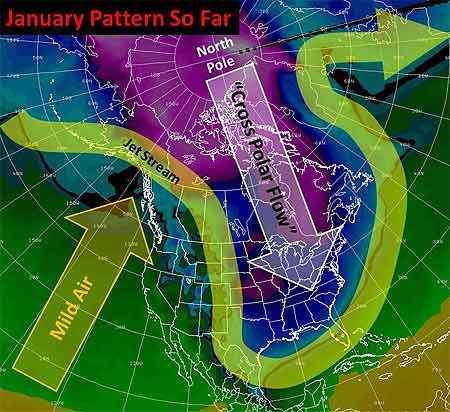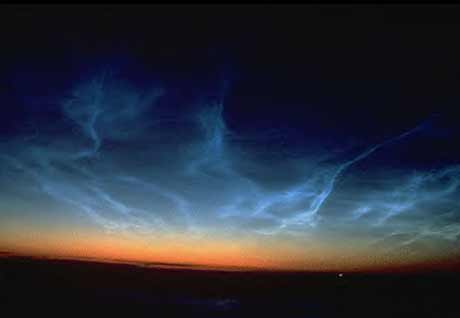The Philippine Atmospheric, Geophysical and Astronomical Services Administration (PAGASA) may indeed have underestimated the danger that Typhoon Conson posed to Manila in July. But it seems even more likely that PAGASA director Prisco Nilo underestimated the political storm that ensued.
At an emergency disaster coordination meeting after the storm (known locally as Typhoon Basyang), President Benigno Aquino scolded Nilo because PAGASA had led Manilans to believe the capital would be spared the brunt of the rain and winds:
That [storm] information it is sorely lacking and we have had this problem for quite a long time. … You do what you are supposed to do… this is not acceptable. I hope this is the last time that we are all brought to areas different from where we should be.
“He really was not angry,” Nilo commented at a press conference. “It was just a comment made by a President, he wanted things to improve, that was his point.” Yet it seems the president was indeed angry; angry enough to fire Nilo a few weeks later.
It was only the second week of Aquino’s term when Basyang hit metropolitan Manila on 13 July, initially as a weak Category 1 tropical cyclone. Heavy rains and flooding led to at least 100 deaths (at least 70 people were initially reported as missing). The 95 kph

winds caused also caused power and communications outages that paralyzed the city for days. PAGASA’s last advisory that night at 11:00 p.m. said that the typhoon had weakened and was headed farther north of Manila. Yet around midnight the eye of the storm passed through the area.
Nilo’s explanation to President Aquino was that the bureau’s equipment limited storm updates and that the system needed to be updated:
We update the bulletin every six hours to take into account possible changes that were not earlier indicated by the mathematical models we are using as guidance in coming up with our forecast.
According to the Philippine news service GMA News, others have spoken up about similar constraints on PAGASA:
PAGASA officials have repeatedly said lack of modern equipment is hampering them from doing their jobs more effectively.
President Aquino’s responded that the bureau should have consulted
